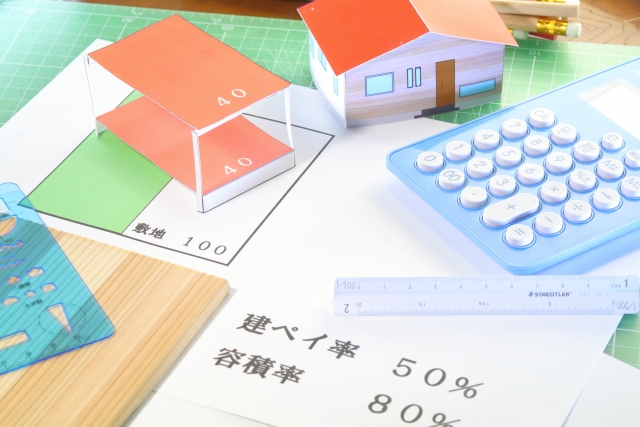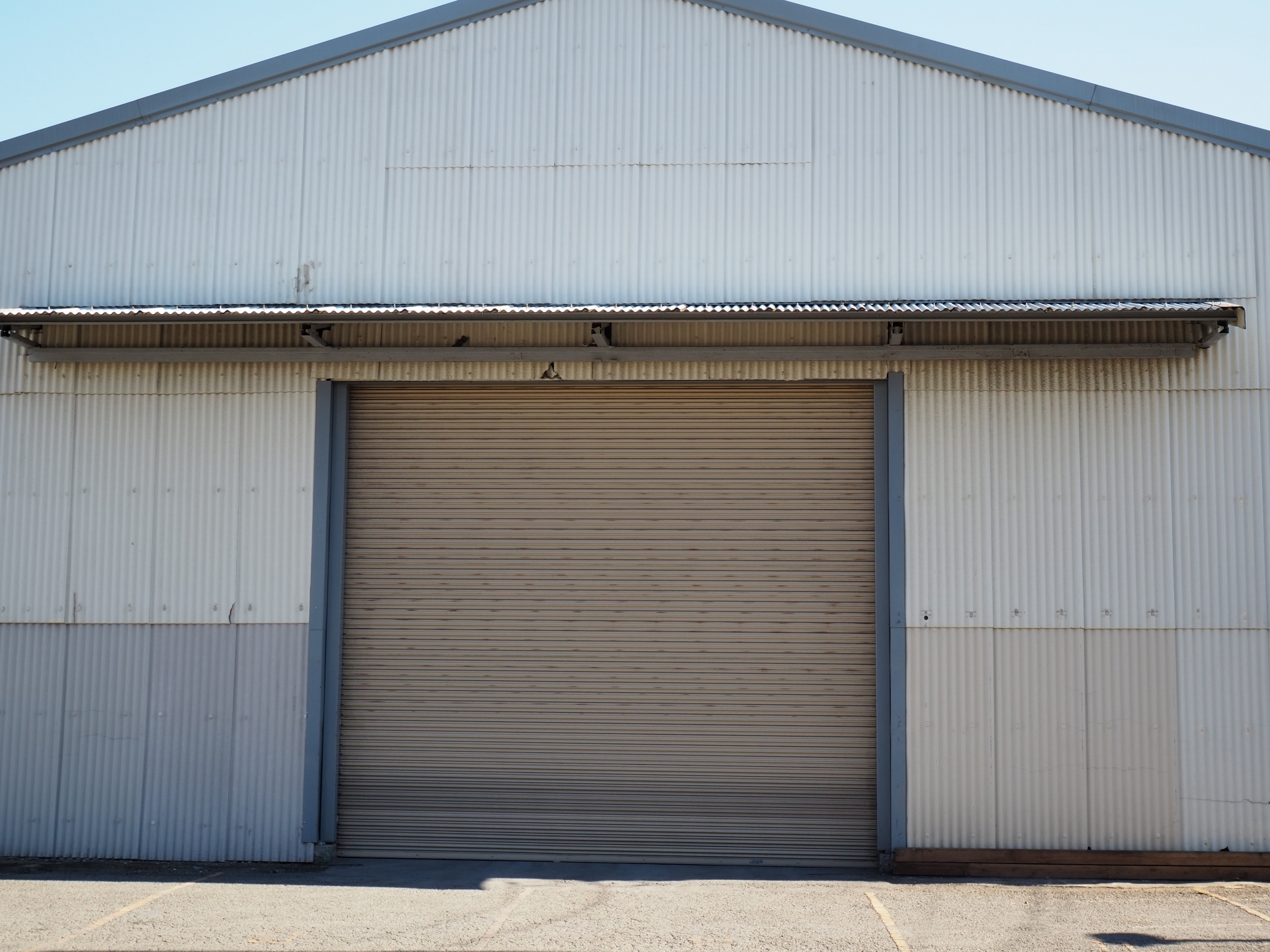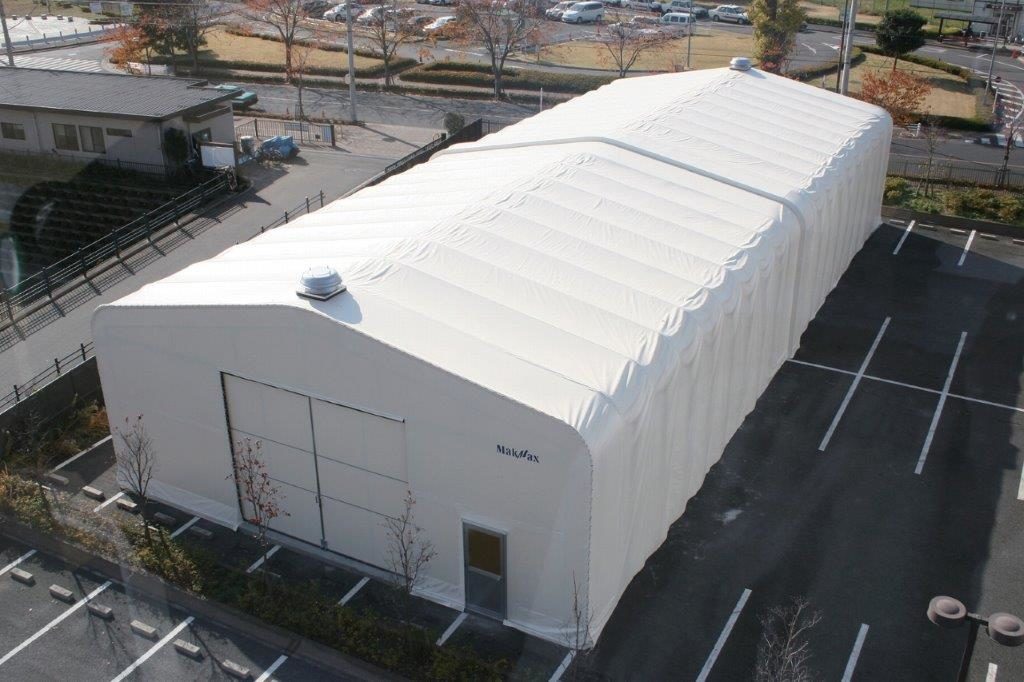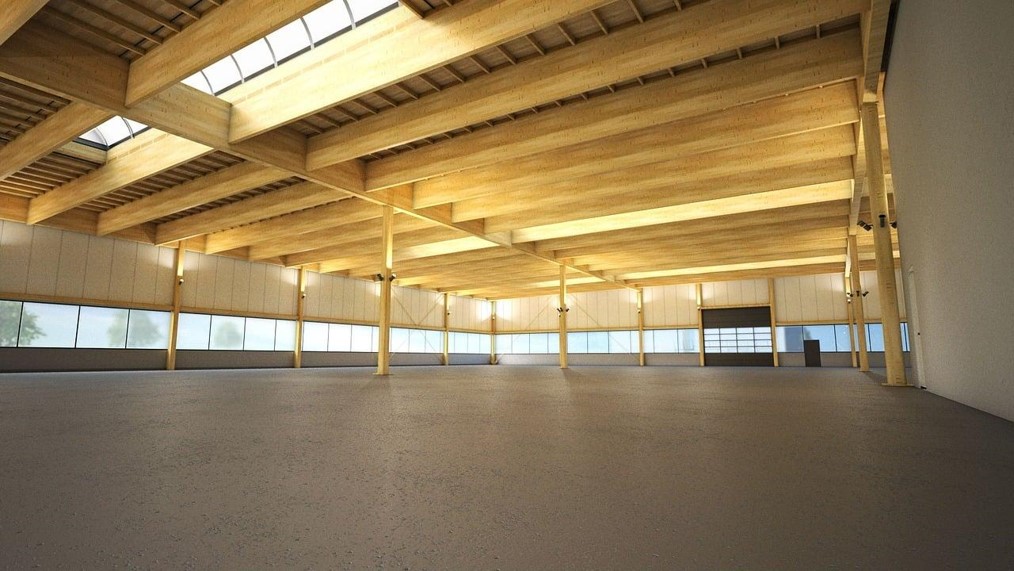

MakMax Plus
Detailed explanation of warehouse construction costs|From market prices by type and structure to how to keep costs low.

According to statistics on construction starts in FY2022, the national average unit price per tsubo for warehouses is approximately 450,000 yen. In addition, the cost of warehouse construction is on an upward trend due to soaring material and labor costs. Therefore, it will be necessary to select an appropriate warehouse structure in line with the purpose of warehouse construction, and to keep construction costs as low as possible.
This article will discuss specific ways to reduce the cost of warehouse construction, starting with construction methods and cost quotes for different types of warehouse construction. It is important to understand that cost quotes are only a guide and that prices vary depending on the type of warehouse and its location.
What are the characteristics and costs of different types of warehouses?
This chapter describes the characteristics of each type of warehouse and the cost price of each. Before learning about the characteristics and cost rates for each type, it is important to keep in mind the legal useful life of a warehouse. The legal useful life is not determined by the type of warehouse, but by the use and materials of the warehouse.
The legal useful life is a standard defined for each use and structure of a building. It is mainly used for depreciation.
steel-framed
- For aggregates with a wall thickness of more than 4 mm, the legal service life is 31 years.
- If the wall thickness of the aggregate is more than 3 mm and less than 4 mm, the legal service life is 24 years.
- For aggregate wall thickness of 3 mm or less, legal service life is 17 years.
concrete series
- Statutory useful life is 38 years.
woody
- Statutory useful life is 15 years
With the above legal useful life in mind, let’s review the characteristics and cost rates for each type of warehouse.
*Source: Statutory useful life (National Tax Agency)
Prefab warehouse

A prefabricated warehouse is a type of warehouse in which components are pre-manufactured in a factory and assembled at the construction site. The advantage of prefabricated warehouses is their relatively low cost due to the use of mass-produced components.
The standard unit price per tsubo is approximately 150,000 yen. In addition, many components are delivered to the construction site in an assembled state, enabling construction in a short period of time.
The disadvantage is that the design and layout are less flexible, as standards are often set in advance.
Prefabricated warehouses are not only easy to build, but also easy to dismantle, making them ideal for short-term use of warehouses. Prefabricated warehouses also tend to be used as offices.
Tent Warehouse

Tent warehouses are warehouses that utilize sheet membrane materials for the roof and exterior walls. The advantages are the short construction period and low cost of approximately 70,000 yen per tsubo. Another advantage is that the lightweight frame makes it easy to enlarge the opening and let in sunlight. In many cases, lighting is not required during the daytime, leading to reduced power consumption.
On the other hand, the disadvantage is that it is likely to be directly affected by weather. However, the disadvantage of being directly affected by the weather can be solved if the manufacturer can provide tents that take into account the design wind speed and snow load in the region where the tent is to be built.
If you are considering building a tent warehouse, we recommend Taiyo Kogyo Corporation, a manufacturer that has been in business for 100 years and has the largest market share in Japan. Taiyo Kogyo has a proven track record of installing tent warehouses for a wide variety of uses, so check out their website.
Taiyo Kogyo Corporation for Tent Warehouses and Tent Houses
System Building Warehouse
System building warehouses are a type of warehouse in which everything from design to construction is systematized. The standard unit price per tsubo is approximately 200,000 yen. The advantages of this type of warehouse are that it can be constructed at a low cost, even for large warehouses, and that it has excellent earthquake resistance and weather resistance. Applications for system-built warehouses include large warehouses, large factories, and large supermarkets.
The disadvantage is that the degree of freedom of design is low. This is because priority is given to functionality and rationality through the use of standardized components, etc., rather than freedom of design. Also, depending on the shape of the proposed building site, it may be difficult to build.
What are the features and costs of different warehouse structures?
This chapter describes the characteristics of each warehouse structure and its cost price.
wooden
A wooden warehouse is a warehouse that uses wood as its main component. The advantage is that the cost is lower than other types of warehouses. The standard unit price per tsubo is approximately 200,000 yen, making it possible to construct a warehouse at a lower cost than other types of warehouses. Wooden warehouses are also environmentally friendly, as wooden components are easily reused.
On the other hand, its low weather resistance is a disadvantage compared to steel-framed or reinforced concrete warehouses. However, by using gypsum board as a base material for walls and ceilings, it is possible to improve weather resistance and fire resistance.
steel construction
A steel-framed warehouse is a warehouse that uses a steel frame for its framework. The advantage is that it is lightweight and durable. Another advantage is that the quality of the materials used is more stable than that of wood, so the quality of the warehouse is less dependent on the skills of the craftsmen. Furthermore, in many cases, pre-assembled columns and beams can be brought to the construction site, which shortens the construction period compared to reinforced concrete warehouses.
On the other hand, one disadvantage is that steel construction is susceptible to outside temperatures. This is because the columns are made of steel and concrete. In addition, steel frames are susceptible to rust, so rust-proofing is required. The standard unit price per tsubo is approximately 430,000 yen, making it possible to build a steel-framed warehouse at a lower cost than a steel-framed concrete warehouse.
reinforced concrete construction
Reinforced concrete warehouses are warehouses that use reinforcing steel and concrete for major parts. The advantage is superior earthquake resistance and durability. The reason for this is a structure that combines concrete with high compressive strength and reinforcing steel bars with high tensile strength.
Another advantage of reinforced concrete warehouses is that they are highly confidential, making it easy to control temperatures through the effective use of air conditioning.
On the other hand, the long construction period due to the need for a certain period of concrete curing is a disadvantage. Another disadvantage is the high cost. The cost per tsubo (approximately 450,000 square meters) tends to be higher than that of wooden or steel-frame construction.
How to reduce the cost of warehouse construction?
This chapter explains how to reduce the cost of warehouse construction. There are two main ways to build a warehouse inexpensively
outsourcing

The first method is outsourcing. This is because using an outsourced warehouse can be less expensive than building your own warehouse. In addition, because operations such as receiving, storage, and shipping can be outsourced, the company’s own employees can focus on other tasks, which can be expected to increase productivity.
However, in some cases, it may be more cost-effective to build your own warehouse. Therefore, it is important to estimate the costs of building your own warehouse and using a consignment warehouse in advance and compare them thoroughly.
Utilization of subsidies

The second way is to make effective use of subsidies offered by the national and local governments to lower the costs you bear. When considering building a warehouse, check to see if there are any subsidies that your company can take advantage of. There are many different types of subsidies, many of which are non-repayable.
Specific types of subsidies include business restructuring subsidies and supply chain measure subsidies. In addition, there are also subsidies available for the introduction and removal of energy-saving equipment, so make the most of them.
Related Articles: [Latest 6 for 2023] What are the subsidies available for warehouse construction? Detailed explanation of conditions and how to apply
Considerations in Selecting a Warehouse Construction Contractor
Finally, here are some points to keep in mind when selecting a contractor for warehouse construction. Keep the following three points in mind when selecting a contractor to whom you can entrust your work with confidence.
Consideration based on total construction cost, not just price per tsubo
The first point to note is that it is necessary to consider the total construction cost rather than the unit price per tsubo. The reason for this is that the definition of tsubo unit price may differ from one builder to another, and various other costs may be added on top of the tsubo unit price. Specific costs include the cost of content, air conditioning, and electrical work.
It is also important to understand that costs will vary depending on the type of warehouse and the location of the proposed construction site.
Get quotes from multiple vendors.
The second point to keep in mind is to get quotes from several specialized contractors. This is because comparing prices and construction times will help you choose the best contractor. Also, by getting quotes from multiple contractors, you can get a better idea of the cost. In addition to cost, choose a contractor whose explanations are clear and easy to understand, and who is courteous and responsive.
In addition, it is advisable to check the after-sales support system when obtaining quotes from other companies. This is because there is a possibility that problems or concerns may arise after the warehouse construction is completed. It is important to consider the after-sales follow-up system and choose a contractor you can trust to do the job with peace of mind.
Confirmation of construction site schedule
The third point to note is to check the zoning of the proposed construction site. The reason for this is that it is necessary to determine before construction whether the land is suitable for building a warehouse. Use the city planning map to confirm whether or not construction is possible.
According to the City Planning Law, land is divided into 13 zoning districts. Each area determines the type, size, and use of buildings that can be constructed. This means that when looking for a site to build a warehouse, it is necessary to select land where the desired warehouse can be constructed.
Exhibit :Article 8 of the City Planning Law
summary
This article has introduced the types of warehouse construction, cost rates by structure, and ways to keep costs low. Choose the right warehouse for your company and achieve your desired warehouse construction at a low cost.
We also reported that tent warehouses can be constructed at a cost of approximately 70,000 yen per tsubo. Lastly, we would like to introduce some of the advantages of tent warehouses that we were unable to cover in this report. Tent warehouses are constructed with a simple structure consisting of a framework and sheets, so they are attractive because of their low cost and short construction period, which is a hurdle to overcome when introducing them.
Although its low durability and weather resistance are sometimes pointed out, it is durable enough to continue to be used for more than 10 years with appropriate maintenance.
In addition, the light-permeating nature of the sheeting allows a level of brightness that eliminates the need for lighting during the daytime, making this method of construction highly workable. With these advantages, tent warehouses have been adopted by many advanced manufacturers and logistics companies, and their introduction can be expected to lead to more efficient warehouse operations.
If you are at all interested in tent warehouses, please visit the website of Taiyo Kogyo Corporation, which is celebrating its 100th anniversary and has the largest market share in Japan.
Click here for a free estimate and inquiry for tent warehouses!
Tent Warehouseへの
Any Inquries

What you need to know when building a warehouse
We packed it all in.
Clues to solving the 2024 problem
Recommended for
I don't know where to start in building a warehouse.
I want to build a warehouse in an economical way.
Which type of warehouse should we build?
I want to learn the basics of warehouse construction anyway.
I'm concerned about the 2024 problem, but I don't know what to do about it.
Related Articles
- TOP>
- MakMax Plus>
- Detailed explanation of warehouse construction costs|From market prices by type and structure to how to keep costs low.








